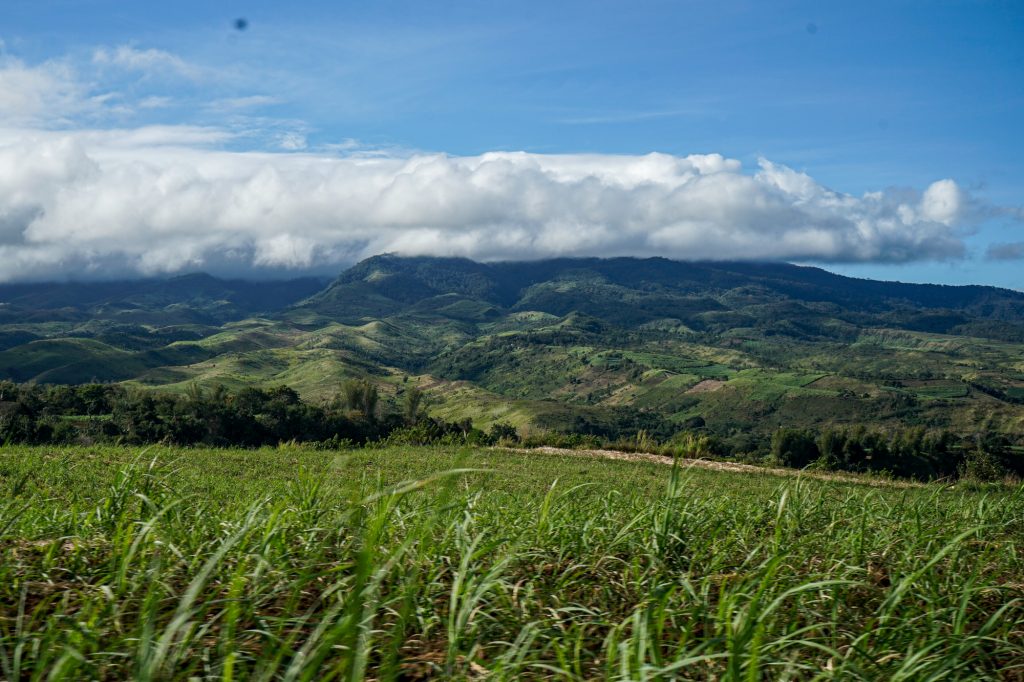
A study released this month said the central Philippine island of Negros has the potential to lead in the country’s transition to renewable energy amid a worsening climate crisis.
The study titled “REpower Negros: A Scoping Study of Negros Island’s Power Sector Transformation” noted that “a 100 percent renewable energy-powered Negros” is possible.
The study was jointly released by the Center for Energy, Ecology, and Development and the Diocese of San Carlos on September 25.
Avril De Torres, lead researcher of the study, said the island could be the first to fully shift its energy sources to renewables.
“It has local energy policies and a policy environment that is attractive for renewable energy players,” she said.
The study noted that the provinces of Negros Oriental and Negros Occidental have already issued “clean energy declarations.”
De Torres, however, said Negros has to address “existing contradictions that allow coal and other fossil fuels to maintain a foothold on the island.”
Bishop Gerardo Alminaza of San Carlos welcomed the release of the study as the Catholic Church marks the Season of Creation.
“As stewards of creation, we have the responsibility to stop using dirty electricity coming from fossil fuels, which cause adverse effects to our environment and health, and drive this climate emergency,” said the prelate.
He said it is high time for civil society groups, including the youth and church institutions, to take part in addressing the climate crisis.
The prelate said the pursuit of a transition into 100 percent renewable energy is not an easy journey because of the “many stubborn mindsets who choose to stick to the comfortable ways of the past and turn a blind eye to the mounting, inevitable consequences to the environment.”
He said the Church must help in the peoples’ ecological conversion and “change minds and move hearts into action towards the protection of our common home.”
“It is only then that we, as stewards, can pursue development that is ecologically sustainable for our generation without compromising the state of the home of future generations,” said Bishop Alminaza.

Negros Island, about 845 kilometers south of Manila, is dubbed as the “renewable energy capital” of the country because of its renewable energy installed capacity and abundant renewable energy resources.
In total, renewable energy comprises 95 percent of the island’s Installed Capacity Mix, with solar having the biggest share at 47 percent.
The study, however, noted that the people of Negros do not benefit from clean and renewable energy sources.
De Torres said up to 80 percent of the power consumption in Negros or the energy being supplied to consumers comes from coal and fossil fuel plants outside the island.
The renewable energy that Negros produces goes to the Visayas region grid and distributed to other islands.
Negros has 19 operating power plants that source their power from renewable energy except for two power plants.
The island is home to nine solar farms, six biomass plants, two geothermal plants, one hydroelectric run-of-river, and one diesel power plant.
Source: Licas Philippines
0 Comments